Claudio Di Manao discusses the benefits of wearing a hood, but also the potential
downsides and issues that need to be recognised and dealt with
We lose heat mainly from our head. This applies to all of us, including those who don’t seem to use their heads much. Energy doesn’t dissipate as a result of brain activity, but because of blood circulation.
To reduce this heat loss from the head, we often wear a hood when diving. Besides its intended purpose, however, a hood also has the unfortunate distinction of being the only piece of diving equipment that can interfere directly with equalisation.
Hoods are not particularly loved by divers, as is amply evidenced by the abuse we inflict on them. We perforate them with holes and ‘decorate’ them with accoutrements of questionable taste, such as ears (Mickey Mouse, cat, bunny) or horns (devil, Viking).
I freely admit having taken a perverse delight in perforating the integrated hood of my semi-dry with a power drill. We would never do this to a BCD!
Our dislike for diving hoods may be the product of strange behaviours – the hood’s, not ours. All diving hoods made on Earth seek to trap air and sneak underneath mask skirts.
Wearing gloves (which often go together with a hood) makes it hard to prevent random migration of the mask strap over the hood’s outer surface, and harder still to remove that damnable little bit of neoprene that has crept under the mask skirt and is causing a leak.
While we are acutely aware of these annoyances (we don’t want to look like Marge Simpson, and we don’t want to readjust our mask strap every five minutes), the most worrying characteristic of hoods is often ignored by divers – their tendency to mess with our ears.
Know your ‘frenemy’.
Hoods can be one of the most insidious causes of barotrauma. When we dive, our ear canal is flooded by water, which exerts direct pressure on the outer ear. When a hood is too tight, it can block off or significantly reduce the flow of water into the ear canal.
In the worst case, the hood fits itself perfectly to the auricle and behaves like a suction cup during descent. At the beginning of the descent, the diver may not notice the incoming problem.
Both ears seem to equalise just fine. However, there is a vacuum forming in one ear canal, which causes the eardrum to stretch outward. This event (very similar to a mask squeeze) if not promptly detected, could damage the tissues of the ear canal and the eardrum.
About the author
DAN Member since 1997, Claudio Di Manao is a PADI and IANTD diving instructor. He’s the author of a series of books and novels about diving, including Shamandura Generation, an exhilarating portrait of Sharm el Sheikh’s diving community. He collaborates with magazines, radios and newspapers, talking and writing about diving safety, marine life and travels.
He collaborates with magazines, radios and newspapers, talking and writing about diving safety, marine life and travels.
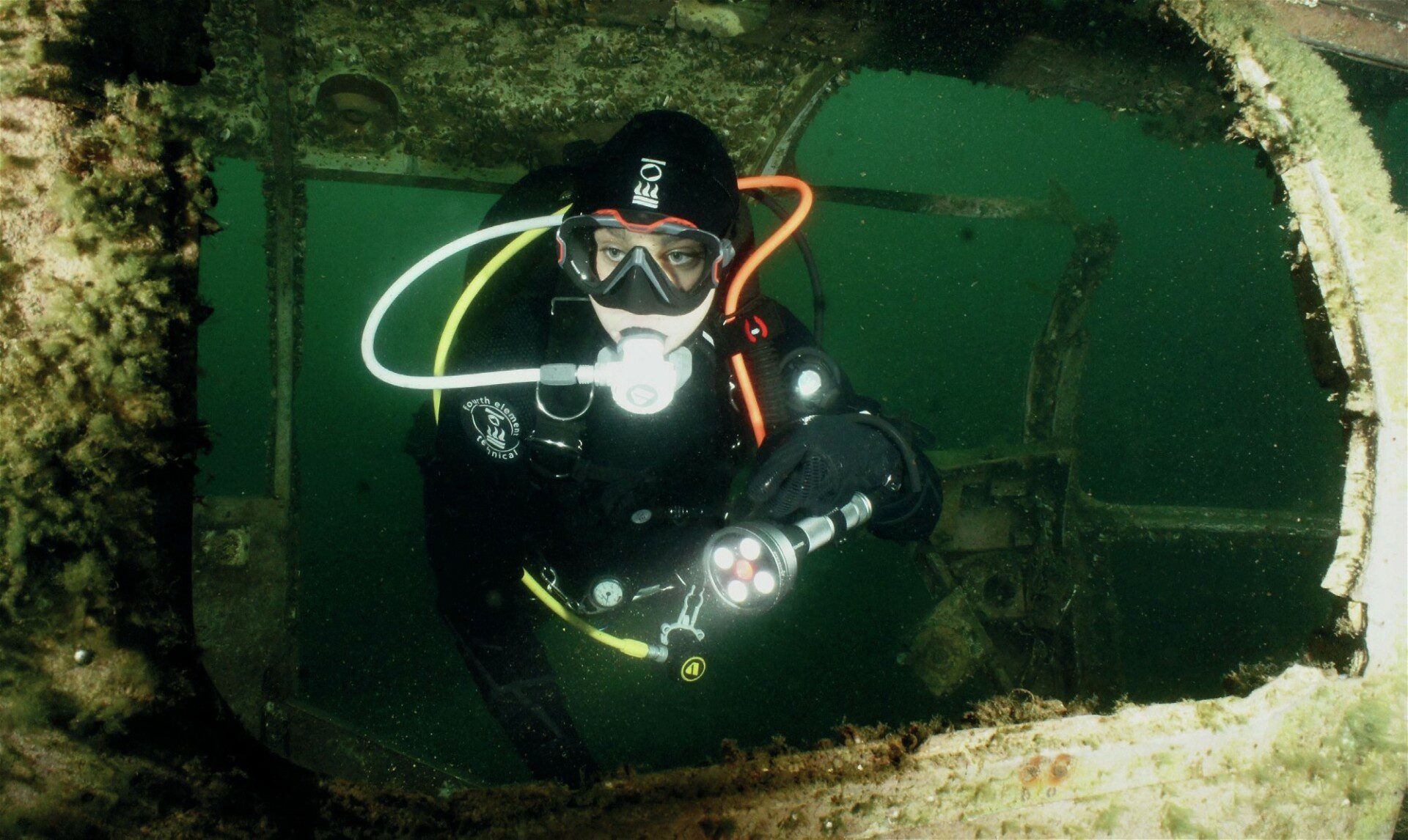
Countermeasures
A diving hood must fit smoothly, like a glove. Water must reach the ear canal, air must escape. A tried-and-trusted trick is to insert a finger in the hood, pointing at the ear.
This will help the air to escape and allow water in. Another trick – if you are one of those people who love to brutalise diving hoods, you can punch a few holes in the hood where it meets the ears, then cover the area with a layer of permeable fabric.
This will help water circulation into the ear canal, while preventing it from sloshing around and making your entire head feel cold.
Strange enough, most divers pierce only the top of the hood – the least-strategic area. Of course, there are much worse mistakes you could make. On a forum, I once read a question by a diver asking if his ‘usual’ equalisation problems when diving with a hood could be prevented by using earplugs.
I felt shivers running up and down my spine. The replies reflected the same horror and alarm that I felt and came in all capital letters: Ear plugs, at depth, turn into bullets aimed straight at the eardrums. Yes, I know, you know that. I’ll say it anyway, just in case. Someone else might need the reminder.
Sadly for cold-water divers, dry hoods with a valve and low-pressure inflator are unlikely to ever become reality. Nor will full-face masks solve our problem. Let us accept the fact that for the foreseeable future, cold water will be entering our hood. It has to. The good news? Electrically heated hoods are already on the market.
Additional resources
Are you looking to increase your awareness and skill level in equalisation? DAN Europe has got your back. Italian No Limits freediving champion Andrea Zuccari has teamed up with DAN Europe to create the Equaleasy-Equalisation Awareness Course designed to put you in control of your equalisation and provides three levels of certification depending on your interest and qualifications; Equaleasy student, Instructor or Instructor Trainer.
Learn more about the Equaleasy course at Dan Europe.
DAN Membership
Before leaving make sure your DAN membership is still active. If it isn’t, join DAN or renew your membership.
Your DAN membership ensures the services of the biggest international network for assisting divers anywhere, during any emergency.
This article was originally published in Scuba Diver UK #76.
Subscribe digitally and read more great stories like this from anywhere in the world in a mobile-friendly format. Linked from Equaleasy
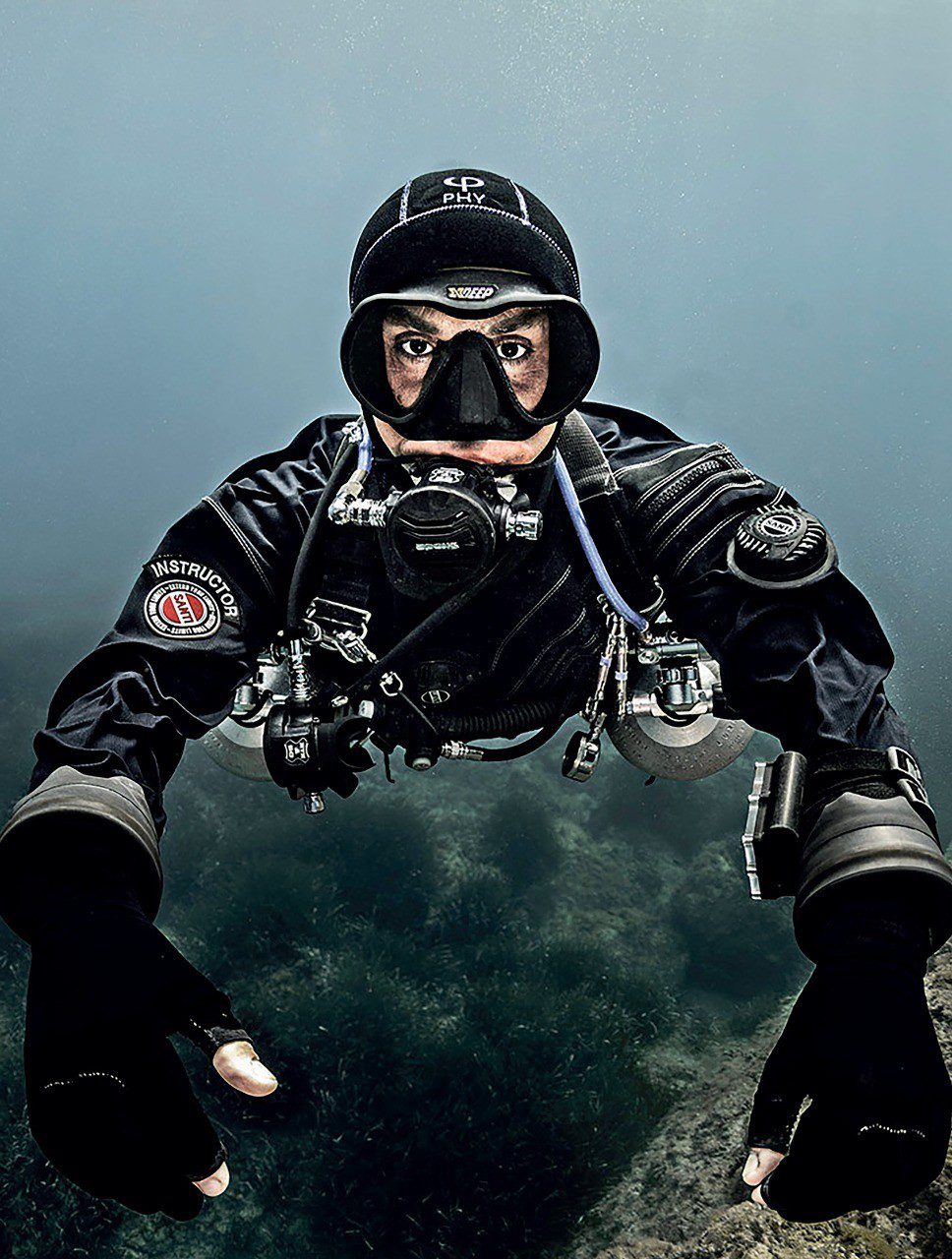



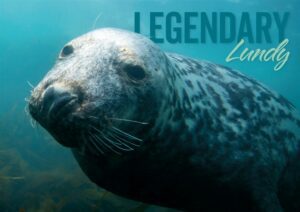
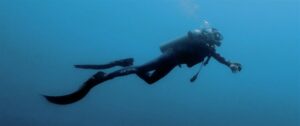
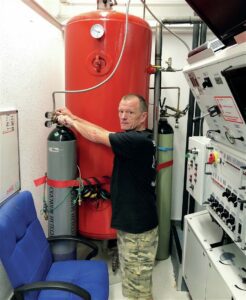

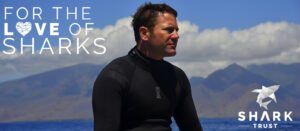
I have a question for the author, why do you have the swivel fitting on your DV? They are a reducer of flow to your DV hence could lead to diver stress where you need to get all the gas you need. Which would be more problematic than having a cold head.
It’s incorrect to say most heat escapes through the head. When the reaearch was done originally, the head wasn’t covered and so, obviously, heat loss through the head was greatest. Most heat is lost through the body’s core, which makes sense as it houses most of the major internal organs and consequenstly generates the most heat.
https://www.theguardian.com/science/2008/dec/17/medicalresearch-humanbehaviour